Clerodendrum species, features of care and reproduction, photos of different varieties
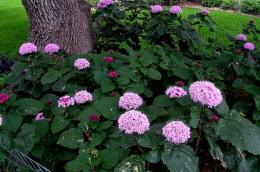
The perennial plant clerodendrum, the types and varieties of which fascinate many gardeners, is very popular. Externally, the plant is a climbing shrub. The foliage of many varieties is shaped like a heart. How to care for a flower? What types are considered the most popular?
Content:
- Description and features
- How to organize competent care
- Additional procedures and activities
- Reproduction methods
- Popular types and varieties
Description and features
Clerodendrums are plants of the family verbena. In nature, they grow in the tropical forests of Africa and Asia. Some specimens are found in South America. It was discovered in the Canary Islands. Translated from Greek, the name of the flower means “tree of fate.”
The flower is popularly called “bloody cross” due to the bright red color of the stamens of the most popular variety. From a distance, the bush looks as if it is covered in drops of blood.
In fact, there are many varieties of clerodendrum in nature. They have their own characteristics and colors. There are types of pink, white, blue flowers.
A distinctive feature of the plant is its captivating aroma. Species that have individual odors spread fragrance not only from the inflorescences, but also from the leaves.
Clerodendrums are often contained as annual flower, although in essence they are dicotyledonous perennial plants.Among the varieties there are vines, climbing bushes and trees. Under natural conditions they reach a height of 4 m.
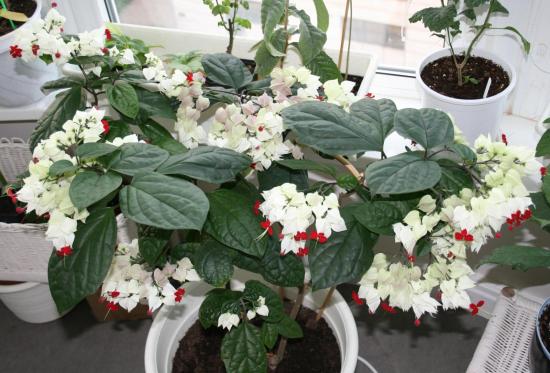
The leaf shape is predominantly heart-shaped, but can also resemble an oval or egg. The stems are olive or brown-brown in color. Shades of foliage range from dark green to rich emerald.
The inflorescences consist of picturesque small flowers. They create a picture of a beautiful bouquet that cannot leave anyone indifferent. Flowering time covers the period from mid-April to early September. After it happens pollination, ovaries are formed. The fruits are oblong, fleshy, and have an interesting orange color.
Flower growers and landscapers prefer to use clerodendrums for vertical gardening. The desired shape of the flower is given by pinching.
How to organize competent care
These flowers can be considered unique. For all their beauty and fragrance, they are very hardy and unpretentious. It is enough to master the simple basics of care. So that clerodendrum pleases the owner with amazing flowering, it is necessary to create conditions as close as possible to natural ones.
Lighting and temperature
Clerodendrums survive in almost any conditions. In order for them to bloom, a combination of favorable factors is necessary. The plant loves light, but should be protected from direct sunlight. It will be enough to separate it with a small curtain. Feels good on southern, eastern and western windowsills.
You can decorate the middle of the room, bedroom or living room with a flowerpot. In this case, make sure that the flower receives enough light.
In the warm season, the optimal temperature is 20-25 C. The winter period is a time of peace and rest.When it is cold outside, a temperature of 15 C is ideal for the plant.
Humidity and watering
Like many tropical inhabitants, houseplants prefer high air humidity, love spraying, and absorb moisture through the foliage. This procedure should become a habit for the owner. The condition and well-being of the plant will depend on the regularity. This point is even more important than direct watering.
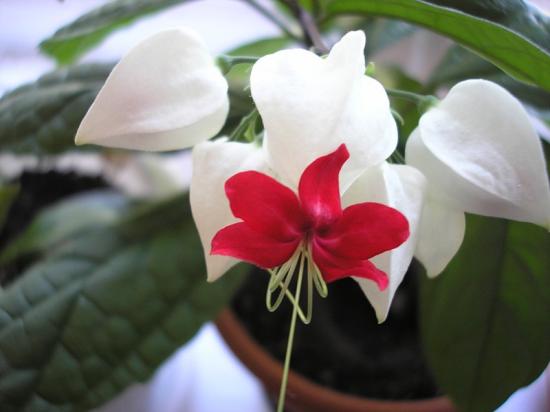
Watering should be done little by little. Excessive amounts of moisture in the soil can cause rotting of the root system. In summer you need to add water twice a week, in winter - several times a month.
For glaze It is better to use lukewarm, settled water. The most suitable for the plant is melted or rain. But it is not always possible to obtain such a liquid.
Soil and fertilizing
In nature, clerodendrum grows in fertile soil containing a lot of useful elements. To create an ideal soil, mix 30% leaf soil and peat, 20% clay soil and sand. The tray of the pot is filled with wet gravel. This way the soil will not dry out.
During the flowering period it is allowed to fertilize. Purchase a complex mixture for flowering house plants at a specialized store. During the cold season feeding do not implement.
Additional procedures and activities
The vines grow very quickly, so they require quite frequent replanting. To give the desired shape and stimulate flowering, periodic pruning is necessary.
Trimming
Pruning is an important and necessary procedure. Be sure to remove dried leaves, dry and weak branches. To stimulate growth and flowering, species such as Thompson are shortened by a third. To make the flower look like a bush, the shoots need to be pinched well.Otherwise, the plant will greatly increase in length and the stems will need support. After pruning, you will get a beautifully shaped flower with bright leaves and abundant blooms.
Transfer
Transplantation should be carried out in March-April. For flowers that have increased in size, choose a pot 2-3 cm larger. It will also be useful to update the soil with fresh soil. Transplantation is carried out after pruning. The procedure is carried out every two years.
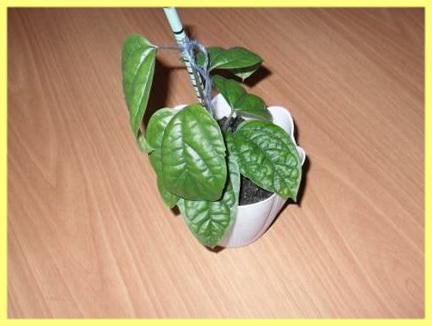
New soil should first be disinfected. Can be heated in the oven or steamed. It is also convenient to use a microwave for these purposes.
It is advisable to place a small drainage layer at the bottom of the pot. You need to move the flower carefully, trying not to damage the roots. Add the required amount of soil and water generously. If the plant needs support in the future, it should be dug in immediately upon replanting. This way you will protect the root system from unnecessary stress and damage.
Reproduction methods
Clerodendrum propagated cuttings and seeds. In indoor conditions, the first method is more convenient. The choice depends on the initial capabilities and preferences.
Cuttings
This is the simplest and fastest method of propagation. Cuttings are obtained during spring pruning. In the warm season, they take root well in water. After the new plant takes root, it can be planted in a small pot (7-8 cm in diameter) and covered with a glass cover. After the shoots and leaves appear, they are transplanted into a pot of larger diameter (9-10 cm). The cap is no longer required.
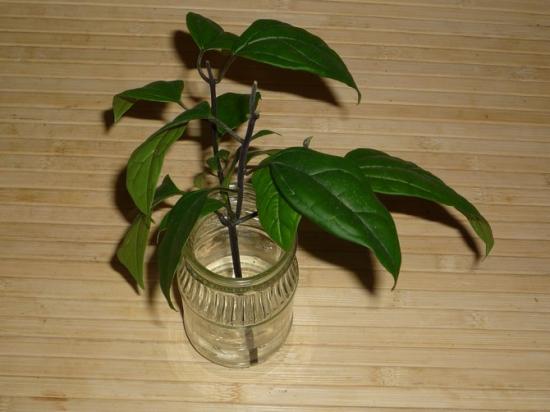
Until next spring, the shoots must be pinched several times. This will give you a more attractive shape. A year later, the plant needs to be replanted again.Choose a container whose diameter is 2 cm larger than the previous one.
Planting seeds
If you don’t have a flower yet, you can get clerodendrum by sowing seeds. Planting is carried out at the end of winter. Place the container in a warm, sunny place, remembering to maintain sufficient soil moisture. Shoots will appear no earlier than after 1.5-2 months. The flowers are transplanted into separate pots after 4 leaves appear. Choose a diameter of 6-7 cm for one plant or a diameter of 11-12 cm for three. After growth has increased, they are cared for as if they were a full-fledged plant.
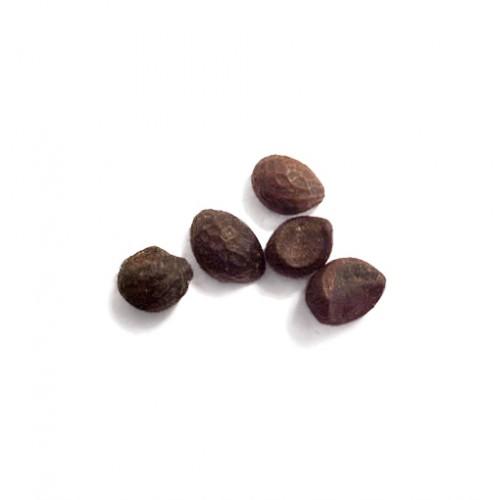
Now in flower departments it is easy to find all the necessary equipment for replanting - pots, greenhouses, caps. They are very convenient and can be used for other flowers in the future.
Popular types and varieties
Clerodendrum, the views from the photo of which are simply mesmerizing, has about 300 varieties. Of course, not everything is grown indoors. The most popular varieties are Thompson, beautiful and brilliant. They gained popularity due to their stability and unpretentiousness. Flower growers are also partial to other, more demanding varieties of flowers.
Brilliant variety
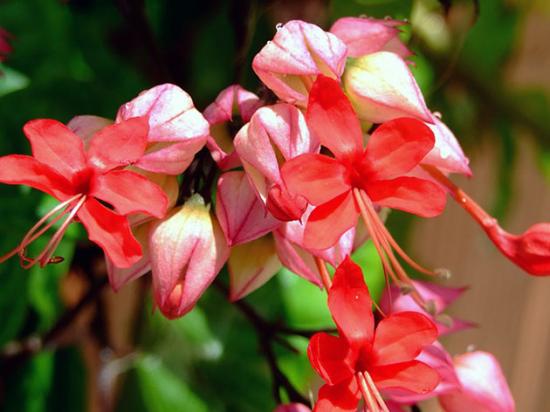
Evergreen shrub with climbing shoots. The leaves have a round shape and a heart-shaped base, measuring 8 by 6 cm. The undeniable advantage of clerodendrum brilliant is its almost year-round flowering. Dense clusters of peduncles with red buds grow from the leaf axils.
Variety Thompson
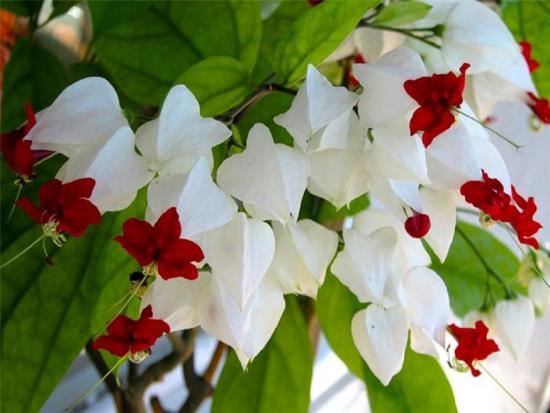
One of the most common varieties. Has proven itself excellent as an indoor one. Represents liana with thin long shoots. The leaves are dense, long (up to 12 cm) and dark green in color. Blooms from early spring to early autumn.By keeping the room warm, this period is significantly extended. The flower is very interesting, with a white bell-shaped bract and a bright scarlet center. The buds are decorated with cream stamens. Quite unpretentious, feels great at home.
Speciosum variety (excellent)
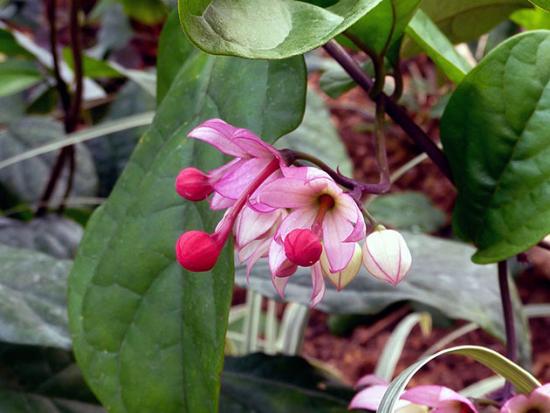
An evergreen spreading bush with large, heart-shaped leaves. It can grow up to 3 m. The shoots and pedicels have a brown-red color, which fully confirms the quality stated in the name. The inflorescences are of a purple-coral hue with dark corollas, extremely bright and attractive, pleasing to the eye from the beginning of summer until autumn. This look can be an excellent interior decoration.
Variety Prospero (Wallich)
The Wallich variety has many interesting, memorable folk names - bridal veil, Cleopatra's tears. Received such nicknames due to the dense scattering of small white flowers. It is a neat bush that can easily fit on a windowsill. The leaves are medium sized, with wavy edges. Clerodendrum blooms very profusely and richly. The pink-red buds open gradually, turning into snow-white corollas.
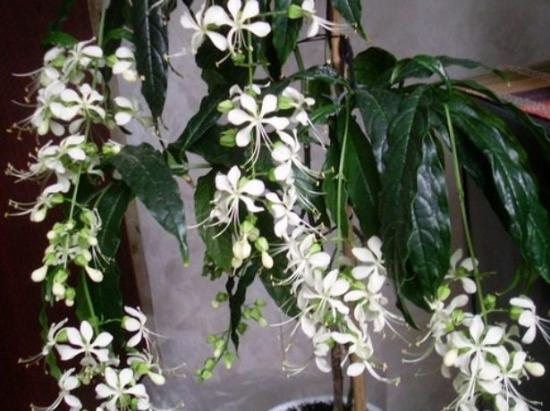
Despite its attractiveness, the Prospero variety is an infrequent guest in apartments. Many gardeners face growing difficulties: they will require very bright light and high humidity, which are difficult to achieve in an ordinary home.
Chinese variety (fragrant)
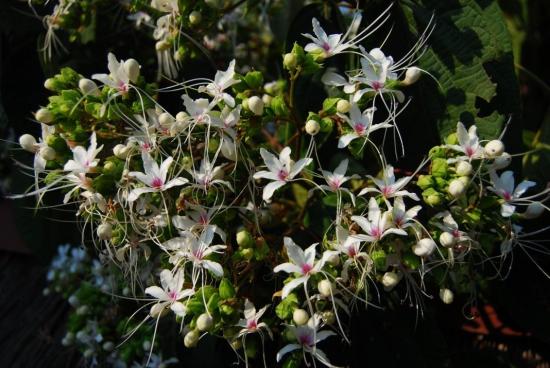
An elegant evergreen shrub with large leaves, reaching a size of 2 m. The inflorescences of this variety differ from the previous ones in a dusty light pink hue with round-shaped petals, captivating with a citrus-violet aroma.Fragrant clerodendrum is the only representative of the species that, under optimal conditions, blooms all year round.
Philippine variety
This type of clerodendrum is famous for its unforgettable aroma, reminiscent of a mixture of vanilla and jasmine. It gets especially worse in the evening. Flowering can be seen already in the second year of the plant’s life. The inflorescences are white and pink, very delicate and quite large (about 20 cm), resembling a bouquet in appearance. It is rarely kept indoors, although it does not require intensive care.
Ugandan variety
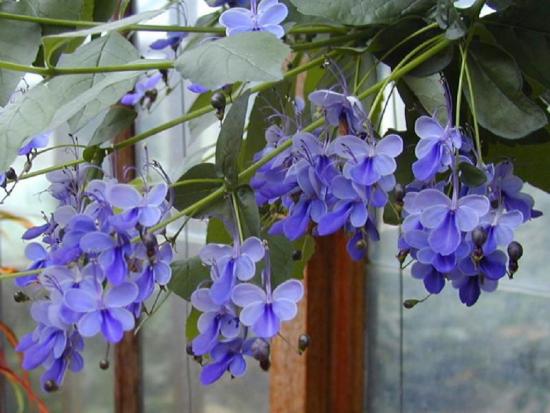
The variety was also called “blue butterflies” due to the peculiar shape of small flowers, distinguished by a bluish or purple tint. Clerodendrum has long, curved stamens. The plant is a vine that quickly increases in length. With the help of pruning, a flower can be given different shapes - a bush or a tree. The flower loves good light and generous watering.
Schmidt variety
Looks like a small tree. It has rich green oval leaves. Peduncles are directed towards the bottom, many brushes are formed. They are snow-white and exude an intoxicating sweetish smell.
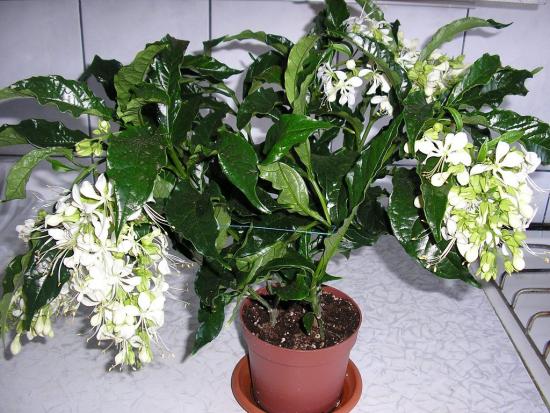
The choice of clerodendrums intended for indoor conditions is quite large. They are united by memorable flowering and delicate fragrance. It should be remembered that you can admire such beauty only with proper care and timely pruning.
Now let’s learn more about what clerodendrum looks like and its types, what care it requires at home - watch the video:

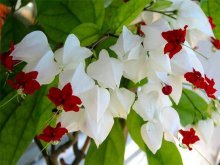
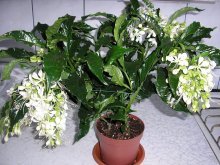
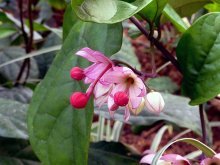
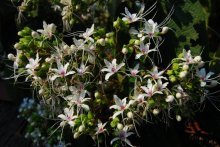
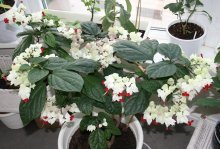
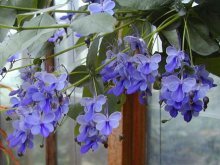
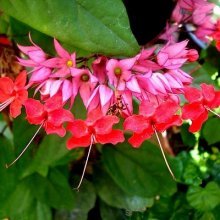
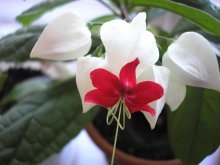
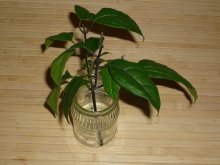
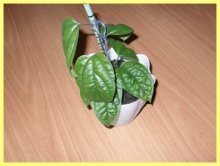

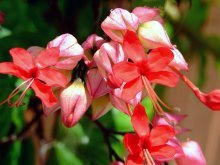

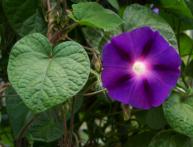

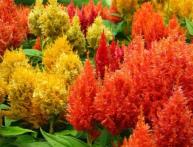

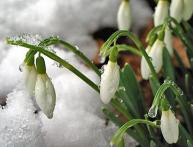
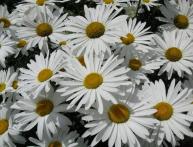
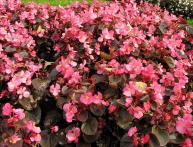
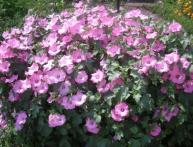
Comments
The incredible variety of clerodendrum flowers is simply amazing. I really liked the Thompson variety, with flowers that have red and white petals - it's very beautiful.I haven't seen it yet - it's a beautiful plant, I'll have to look for it in flower shops.